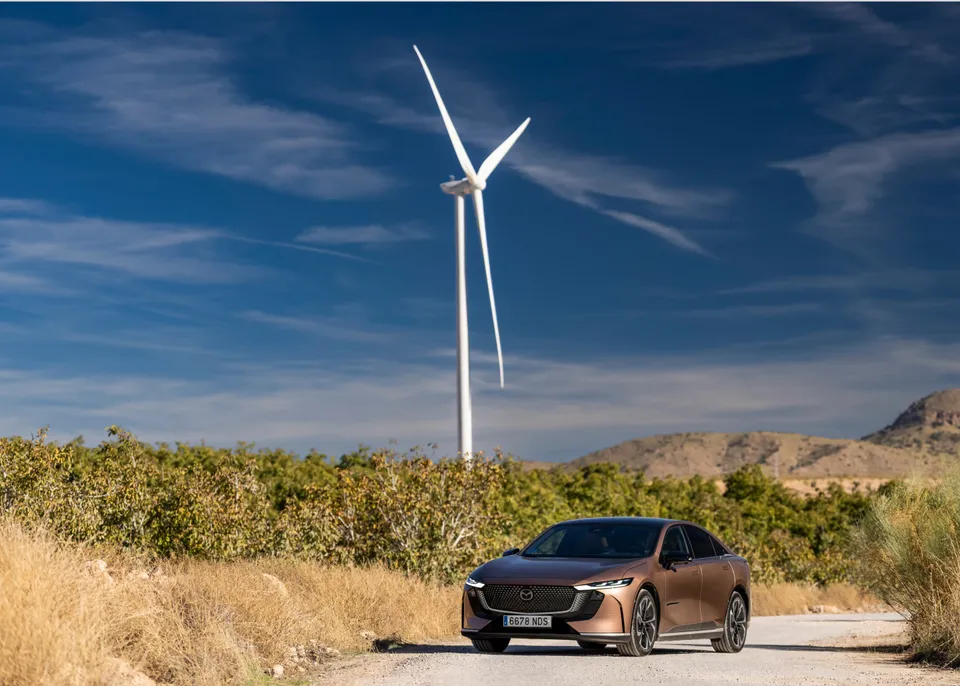Cuerva bets on pumped hydro in Galicia
Cuerva presents a plan to start up a 260 MW reversible hydroelectric power plant in Galicia that will affect the municipalities of Castrelo de Miño, A Arnoia and Cartelle.
A mega hydroelectric battery
The project has been proposed for the creation of a reversible hydroelectric power plant in the region of Galicia. A new solution to adjust the scope of water to the present and future demands of a completely carbon-free electricity system.
According to information available on the official environmental procedures page of the Ministry for Ecological Transition, the entity called San Isidro Solar 3 has submitted a plan for the construction of a gigantic energy storage facility, with a capacity of 260 megawatts, in the province of Ourense. This project would have an impact on the areas of Castrelo de Miño, A Arnoia and Cartelle.
The company in charge of promoting this initiative, known as 'Castrelo', according to the registers of the Mercantile Registry, is linked to Navitas Energía, which in turn is part of the Grupo Empresarial Cuerva, based in Granada.
What is a reversible hydropower plant?
By 2050, the European Union's electricity grid will have to be 100% renewable. Thus, the hydroelectric power plant, and in particular the reversible or pumped hydroelectric power plant, plays an essential role, as it has a high energy storage capacity.
Reversible hydroelectric power plants operate through the presence of two water reservoirs located at different heights, a connecting conduit linking the upper reservoir to the lower one and a hydroelectric power plant equipped with turbo-pump units.
Although this system has been used in the water sector for many decades, new technologies have recently been implemented that stand out for their ability to combine electricity generation with large-scale storage of excess energy from renewable sources.
In this way, the main objective is to store water during off-peak hours and then produce energy during peak demand hours. This helps to provide stability, security and sustainability to the electricity system.
Importance of hydropower
For many years, hydroelectric power plants have been the main source of electricity production in Spain. However, with the passage of time and the emergence of other renewable energy sources such as wind and solar power, their contribution to the system has been decreasing until they account for 6.5% of the total in 2022.
Faced with this scenario and in order to recover their profitability, it is essential to modernise and invest in technological innovation in Spain's hydroelectric power plants. This is where pumped hydroelectric plants come into play. The European Union's current energy policy has given a boost to the hydraulic sector by demanding a flexible, safe, sustainable and integrated electricity grid.
According to this Plan, the aim is to reach a total installed electricity capacity of 161 GW by 2030, of which 45 GW is expected to come from renewable sources. To cope with the surplus energy generated, the electricity system in Spain will have to increase its storage capacity by 6 GW.
As for the distribution of this installed capacity, the PNIEC states that 16 GW will be allocated to hydroelectric power plants and 9.5 GW to pumped-storage technology. In this context, the Plan particularly encourages reversible hydropower plants, as they have the advantage of facilitating the management of renewable production, while maintaining a sustainable balance in rivers and their flows.
- END -
About Cuerva
About Cuerva
Cuerva, a family company founded in 1939 in Granada, has more than 80 years of history in the energy sector. Having grown and with an international presence in Europe and Latin America, it continues to be a company with family values and focused on seeking the best energy solutions through innovation and understanding the needs of people, the sector and society.
With this vision of the future for more than 8 decades, Cuerva has consolidated its brand image as a benchmark company in the energy sector. Understanding energy as a process from beginning to end thanks to the exhaustive study of high-value data, it covers the different areas of the energy value chain. From the generation, distribution and commercialisation of electrical energy, to extensive knowledge and experience in the operation, construction and maintenance of hundreds of types of electrical infrastructures.
It has more than 125 alliances in 24 countries with the aim of achieving a positive energy transformation based on collaboration.
More information: www.cuervaenergia.com



.webp)
